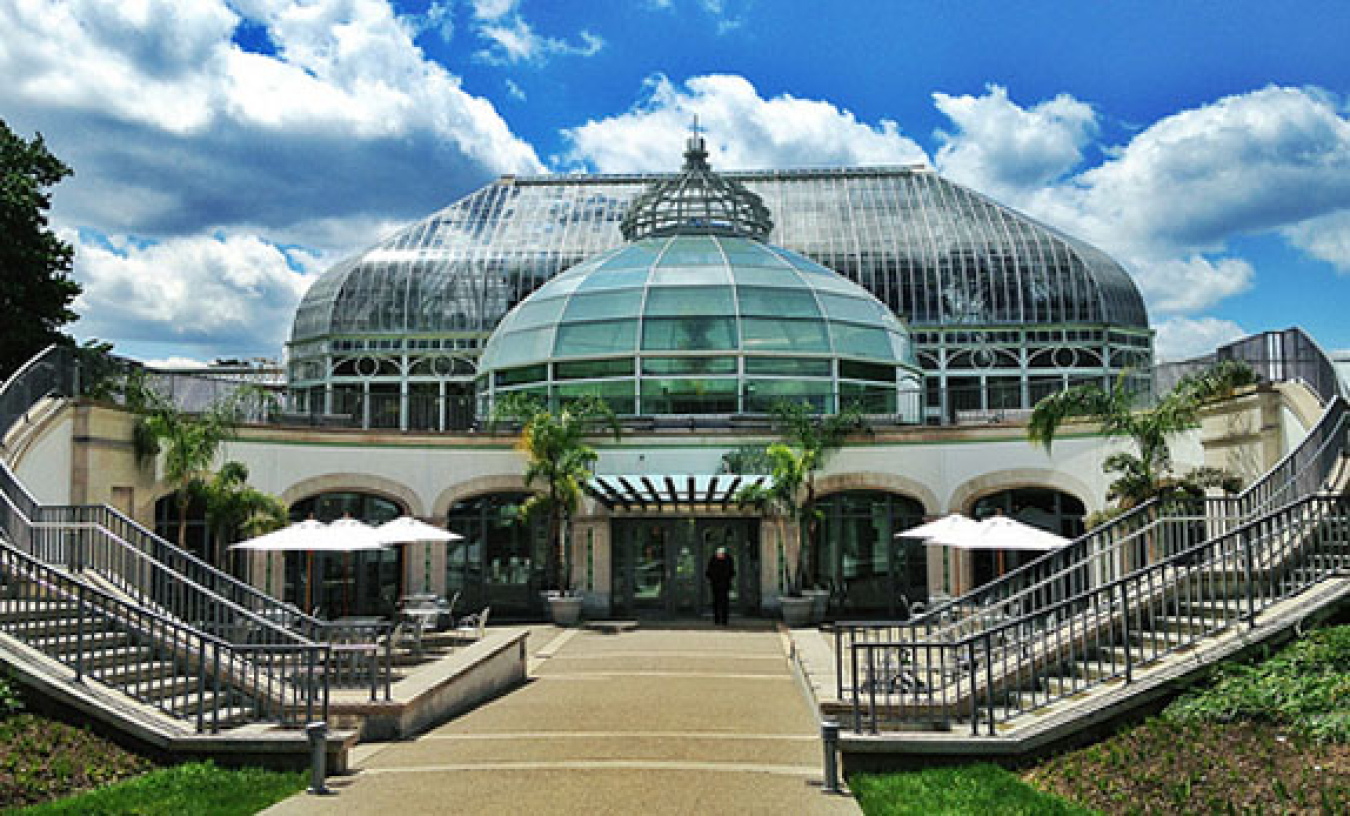
Living roof. Eco-roof. Vegetated roof. Known by a variety of names, green roofs – which are built on top of a conventional roof and are partially or completely covered by vegetation – have been around for thousands of years and are popular in many European countries, especially Switzerland, Sweden, and Germany. Because of their many benefits, including improved energy efficiency and enhanced regional biodiversity, green roofs are becoming increasingly popular in North America. According to the annual Green Roofs for Healthy Cities survey, the green roof industry grew a remarkable 24 percent from 2011 to 2012.
Now, scientists at the Department of Energy’s National Energy Technology Laboratory (NETL) are using green roofs as laboratories to investigate alternative growth media for plants that make use of waste materials generated by the fossil fuel industry.
Materials such as coal fly ash, coal gasification char, and charred biomass may be successfully incorporated into green roof growth media, resulting in the improved retention of water and pollutants. The use of such waste materials re-harnesses energy that has already been expended, as opposed to incurring additional energy costs in the preparation of materials that are more commonly used in green roof construction.
NETL’s research on green roofs will be beneficial to other regional partners and will complement collaborative research with Phipps Conservatory and Botanical Gardens at Pittsburgh’s Center for Sustainable Landscapes. Work at the new Center will focus on evaluating water quality variables associated with innovative water management systems, designed to capture and treat all water on site.
Through the development and adoption of new green roof technologies we can improve our environment while reducing energy use, one roof at a time.


